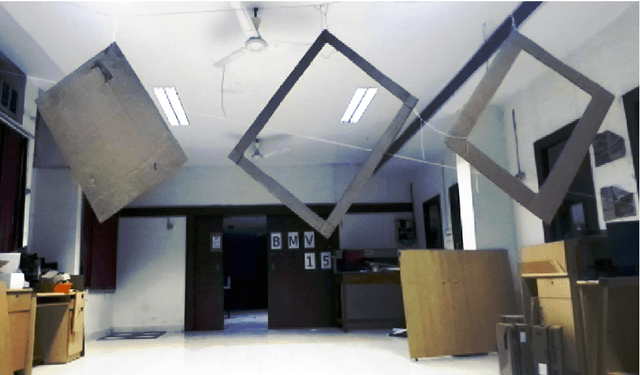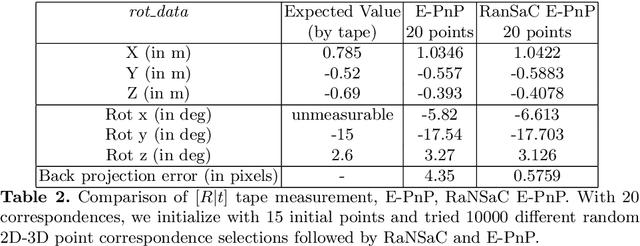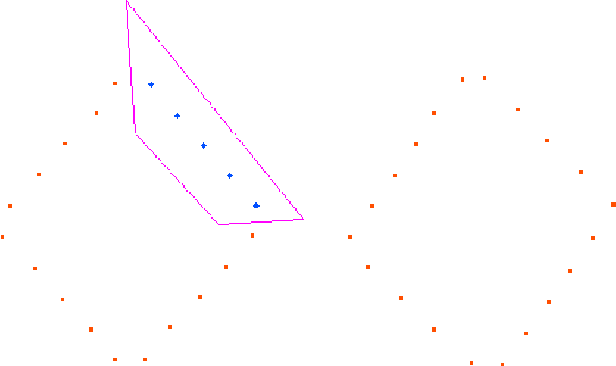Vishnu Radhakrishnan
Learning (With) Distributed Optimization
Aug 10, 2023Abstract:This paper provides an overview of the historical progression of distributed optimization techniques, tracing their development from early duality-based methods pioneered by Dantzig, Wolfe, and Benders in the 1960s to the emergence of the Augmented Lagrangian Alternating Direction Inexact Newton (ALADIN) algorithm. The initial focus on Lagrangian relaxation for convex problems and decomposition strategies led to the refinement of methods like the Alternating Direction Method of Multipliers (ADMM). The resurgence of interest in distributed optimization in the late 2000s, particularly in machine learning and imaging, demonstrated ADMM's practical efficacy and its unifying potential. This overview also highlights the emergence of the proximal center method and its applications in diverse domains. Furthermore, the paper underscores the distinctive features of ALADIN, which offers convergence guarantees for non-convex scenarios without introducing auxiliary variables, differentiating it from traditional augmentation techniques. In essence, this work encapsulates the historical trajectory of distributed optimization and underscores the promising prospects of ALADIN in addressing non-convex optimization challenges.
LiDAR-Camera Calibration using 3D-3D Point correspondences
May 27, 2017



Abstract:With the advent of autonomous vehicles, LiDAR and cameras have become an indispensable combination of sensors. They both provide rich and complementary data which can be used by various algorithms and machine learning to sense and make vital inferences about the surroundings. We propose a novel pipeline and experimental setup to find accurate rigid-body transformation for extrinsically calibrating a LiDAR and a camera. The pipeling uses 3D-3D point correspondences in LiDAR and camera frame and gives a closed form solution. We further show the accuracy of the estimate by fusing point clouds from two stereo cameras which align perfectly with the rotation and translation estimated by our method, confirming the accuracy of our method's estimates both mathematically and visually. Taking our idea of extrinsic LiDAR-camera calibration forward, we demonstrate how two cameras with no overlapping field-of-view can also be calibrated extrinsically using 3D point correspondences. The code has been made available as open-source software in the form of a ROS package, more information about which can be sought here: https://github.com/ankitdhall/lidar_camera_calibration .
 Add to Chrome
Add to Chrome Add to Firefox
Add to Firefox Add to Edge
Add to Edge